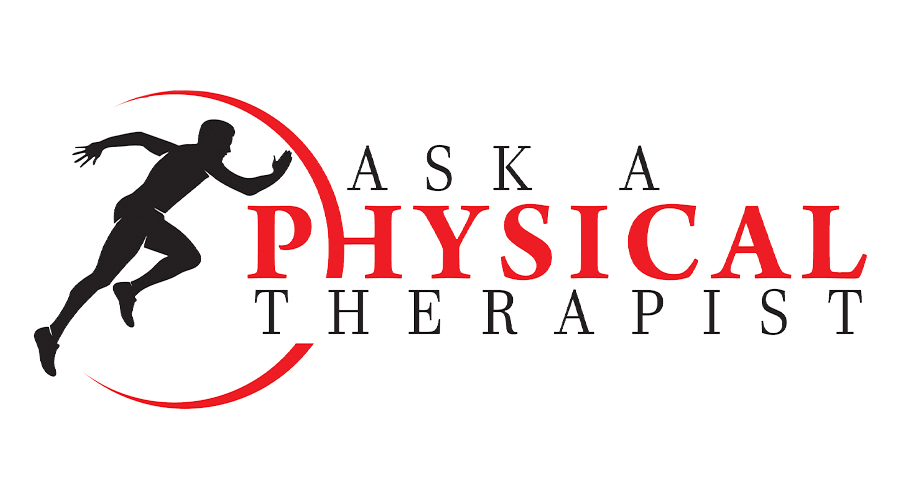ASK A PHYSICAL THERAPIST
- 20 Apr - 26 Apr, 2024

Q: Doctor I have Facial palsy, I had flu and infection before the condition. How can physical therapy help?
A: Facial palsy stems from damage to the facial nerve, specifically cranial nerve VII, responsible for supplying the facial muscles. The early stages of peripheral facial palsy reveal noticeable distinctions between the affected and unaffected sides of the face, regardless of the underlying cause. These distinctions encompass the absence of horizontal lines on the forehead of the affected side, an enlarged or more open eye on the affected side, a lack of blinking in the affected eye, altered position or absence of the naso-labial fold on the affected side, and a lower position of the corner of the mouth on the affected side.
Physiotherapy interventions for facial palsy are diverse and aim to address these symptoms effectively. Neuromuscular retraining (NMR) stands as a prominent therapeutic approach, focusing on the reeducation and strengthening of facial muscles. Additionally, electromyography (EMG) combined with mirror biofeedback has shown promise in enhancing neuromuscular control and function. Trophic electrical stimulation (TES) is another technique employed in physiotherapy to stimulate facial muscle activity and promote functional recovery.
Proprioceptive neuro muscular facilitation (PNF) techniques, including the Kabat technique and mime therapy, play a significant role in rehabilitating facial palsy patients. These methods involve a combination of exercises and movements designed to enhance muscle coordination, restore facial symmetry, and alleviate symptoms associated with the condition. The therapeutic repertoire encompasses self-massage, breathing and relaxation exercises, activities aimed at improving coordination between the two sides of the face and reducing synkinesis, as well as exercises focused on facilitating eye and lip closure. Letter, word, and facial expression exercises are integral components of the physiotherapeutic regimen, contributing to the comprehensive approach to address the multifaceted challenges presented by facial palsy.
In essence, the spectrum of physiotherapy treatments for facial palsy is expansive and tailored to address the unique manifestations of the condition in each individual. By combining various therapeutic modalities, physiotherapists aim to enhance neuromuscular function, improve facial symmetry, and alleviate the functional impairments associated with facial palsy. These interventions extend beyond the physical realm, incorporating techniques that promote relaxation, coordination, and overall well-being in individuals affected by this condition.
Q: Doctor please guide about Ankylosing Spondylitis, can physiotherapy help? My brother has the condition and he has severe pain and stiffness in back.
A: Radiographic axial spondyloarthritis, commonly known as ankylosing spondylitis (AS), predominantly impacts the spine, inducing inflammatory changes that lead to pain, stiffness, and diminished mobility in the back. The condition, characterized by inflammatory back pain, results in structural and functional impairments, ultimately diminishing the affected individual's quality of life. As the joints undergo progressive stiffness and sensitivity due to bone formation at the joint capsule and cartilage level, a reduction in the range of motion occurs. In its advanced stages, the spine may take on a bamboo-like appearance, giving rise to the alternative term "bamboo spine."
While the focus is often on its impact on the spine, axial spondyloarthritis can also manifest as peripheral joint pain, particularly affecting the hips, knees, ankles, shoulders, and neck. Involving synovial and cartilaginous joints, along with sites of tendon and ligamentous attachment, the condition necessitates early diagnosis and treatment to manage pain, stiffness, and mitigate potential deformities.
Physiotherapy assumes a crucial role in the comprehensive treatment of AS, aiming to alleviate pain, enhance spinal mobility, reduce morning stiffness, correct postural deformities, and improve the psychosocial well-being of patients. Rehabilitation involves education, personalized exercise programs, and guidance on physical activities to be performed either at home or in a group setting.
In the initial phase of AS, marked by morning stiffness and spinal pain, physical therapy targets diffuse and intense pain resulting from joint stiffness. Objectives include the recovery of proprioception, joint stability, restoration of normal postural patterns, and pain reduction, alongside maintaining the elasticity of the pelvis and spine for optimal respiratory function. Short-term goals encompass improving bodily function and reducing pain, while long-term aspirations include pain control, enhanced activities of daily living, improved overall function, and an elevated quality of life.
Fatigue, a common complaint in rheumatological conditions, can be effectively managed through regular microbreaks, avoiding prolonged periods of sitting, maintaining physical activity, and adhering to good sleep hygiene practices. Flare-ups of increased disease activity, lasting from days to weeks, may occur in AS patients, and during such episodes, gentle stretching exercises, breaks, and appropriate medications prove beneficial. Educating patients about their condition and self-management strategies, along with fostering a strong patient-provider relationship, are paramount. Activities of daily living (ADL) can be facilitated using assistive devices and alternative techniques, such as slip-on shoes and ergonomic adjustments for driving, to address specific challenges arising from neck pain and stiffness.
COMMENTS